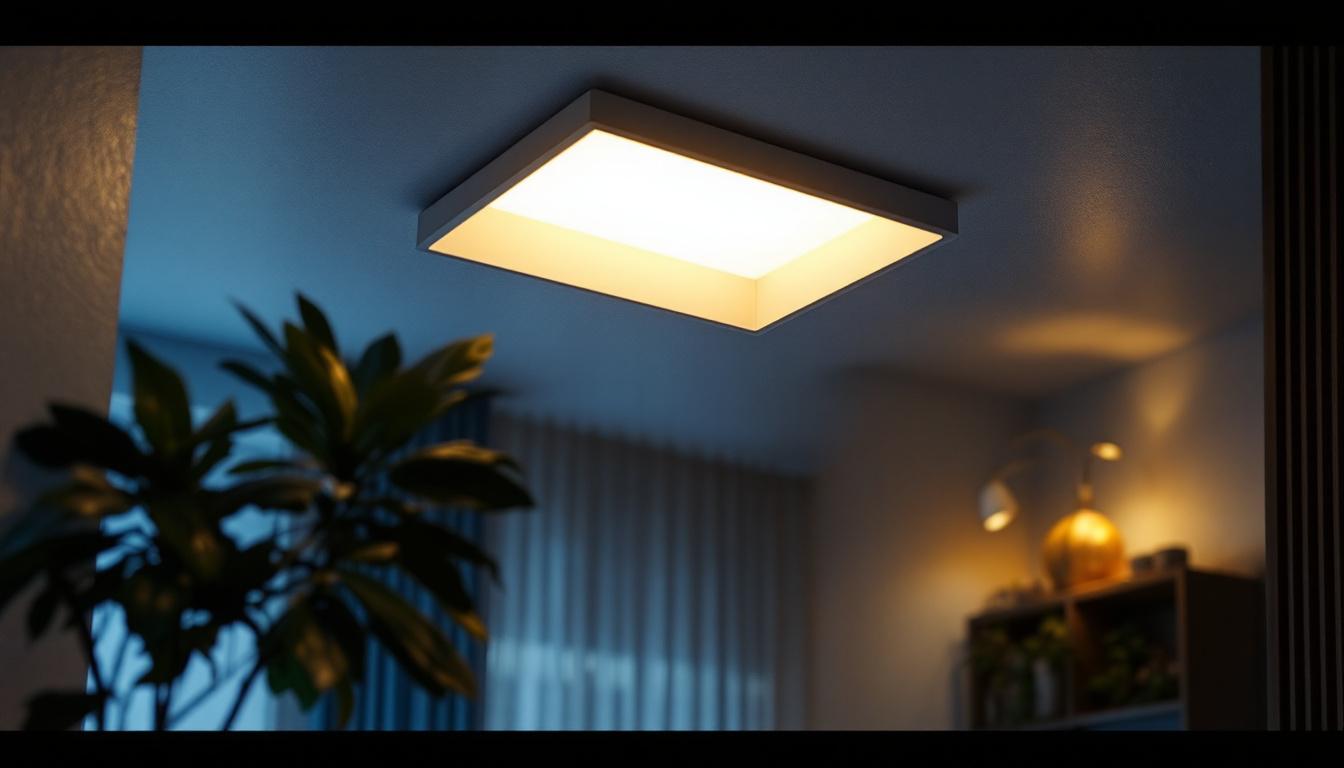
As a lighting contractor, understanding the nuances of electrical box cover plates is crucial for ensuring safety, compliance, and aesthetics in your projects. This article provides essential insights into selecting, installing, and maintaining cover plates, helping you enhance your skills and deliver quality work.
Electrical box cover plates serve a vital function in any electrical installation. They protect the wiring and electrical components from dust, moisture, and accidental contact, ensuring safety for both the installation and the end-user. Additionally, they contribute to the overall appearance of the installation, making it important for contractors to choose the right cover plates. Without these essential components, exposed wiring could lead to hazardous situations, including electrical shocks or fires, emphasizing the importance of selecting high-quality cover plates that meet safety standards.
Moreover, the installation of cover plates is not merely a matter of functionality; it also reflects the professionalism of the installer. A well-finished electrical installation with properly fitted cover plates can enhance the value of a property, making it more appealing to potential buyers or tenants. Therefore, understanding the nuances of different cover plates can empower both homeowners and contractors to make informed decisions that balance safety, functionality, and aesthetics.
There are various types of electrical box cover plates available, each designed for specific applications. Understanding these types is essential for selecting the right one for your project. Common types include:
The material of the cover plate can significantly impact its durability and appearance. Common materials include:
Proper installation of electrical box cover plates is essential for safety and functionality. Here are some best practices to keep in mind:
Before installing a cover plate, verify that it is compatible with the electrical box and the type of device being covered. This includes checking the size, number of gang openings, and any special features like weatherproofing. Mismatched components can lead to safety hazards and code violations. Additionally, it’s important to consider the material of the cover plate. For instance, plastic plates are lightweight and resistant to corrosion, making them suitable for indoor use, while metal plates may be more appropriate for outdoor applications due to their durability and resistance to environmental factors.
Having the right tools on hand can make installation smoother and more efficient. Essential tools include:
In addition to these tools, a pair of pliers can be handy for gripping and twisting wires if necessary, while a utility knife may assist in trimming any excess material around the electrical box. It’s also wise to have a flashlight available, especially if you’re working in dimly lit areas or tight spaces where visibility is limited. The right tools not only enhance the quality of your work but also ensure that you can complete the installation safely and efficiently.
Once the cover plate is aligned and in place, secure it properly using the appropriate screws. Avoid overtightening, as this can crack plastic plates or warp metal ones. A snug fit is sufficient to ensure safety while maintaining the integrity of the materials. It’s also advisable to periodically check the cover plates after installation, especially in high-traffic areas, to ensure they remain securely fastened. Over time, vibrations or impacts can loosen screws, so a quick inspection can prevent potential hazards. Furthermore, if you’re installing in areas prone to moisture, consider using silicone sealant around the edges of the cover plate to provide additional protection against water ingress, which can lead to electrical failures or short circuits.
Adhering to electrical codes and safety standards is paramount in any electrical installation. Understanding the relevant codes can help avoid costly mistakes and ensure the safety of the installation.
Electrical codes can vary significantly by region. It is essential for lighting contractors to familiarize themselves with local regulations regarding electrical installations, including the use of cover plates. This knowledge not only ensures compliance but also enhances the contractor’s credibility and professionalism. Additionally, staying updated on any changes to these codes is crucial, as local authorities may revise regulations to improve safety and efficiency. Engaging with local electrical boards or attending workshops can provide valuable insights and keep contractors informed about the latest best practices in the industry.
Many electrical components, including cover plates, come with Underwriters Laboratories (UL) listings. These listings indicate that the product has been tested for safety and performance. Always opt for UL-listed products to ensure compliance with safety standards and to protect your clients. Furthermore, understanding the significance of these listings can empower contractors to make informed decisions when selecting materials for their projects. Products that carry UL listings often undergo rigorous testing for durability, fire resistance, and other critical safety parameters, which can ultimately lead to fewer liabilities and enhanced trust from clients. It is also beneficial to educate clients about the importance of using UL-listed products, as this knowledge can foster a greater appreciation for the quality and safety of the work being performed.
Regular maintenance of electrical box cover plates can prevent issues and prolong their lifespan. Here are some maintenance tips for lighting contractors:
Conducting regular inspections of cover plates can help identify potential issues early. Look for signs of wear, such as cracks or discoloration, which may indicate that a replacement is necessary. Additionally, ensure that screws are tight and that there are no gaps that could allow dust or moisture to enter the electrical box.
Keeping cover plates clean not only maintains their appearance but also helps in identifying any underlying issues. Use a soft cloth and a mild cleaning solution to wipe down plastic plates. For metal plates, ensure that you use non-abrasive cleaners to avoid scratching the surface.
The aesthetic appeal of electrical box cover plates can greatly influence the overall look of a space. Lighting contractors should consider the following factors when selecting cover plates:
Selecting the right color and finish is crucial for achieving a cohesive design. Neutral colors like white, beige, or gray can blend seamlessly into most environments, while bolder colors or finishes can serve as a statement piece. Consider the surrounding decor and lighting fixtures when making your selection.
Staying updated with design trends can help contractors offer clients the latest options in cover plates. Minimalistic designs, vintage finishes, and eco-friendly materials are currently popular choices. Understanding these trends allows contractors to provide valuable recommendations to clients, enhancing their overall service.
Even experienced lighting contractors can make mistakes during the selection and installation of electrical box cover plates. Here are some common pitfalls to avoid:
Choosing low-quality cover plates to save costs can lead to issues down the line. Investing in high-quality materials ensures durability and safety, which ultimately protects the contractor’s reputation and the client’s investment.
Before sealing the cover plate, always test the electrical installation to ensure everything is functioning correctly. Neglecting this step can lead to unnecessary troubleshooting and potential safety hazards.
Electrical box cover plates may seem like a minor detail, but they play a significant role in the safety, functionality, and aesthetics of electrical installations. By understanding the different types, materials, and best practices for installation, lighting contractors can enhance their projects and provide better service to their clients. Regular maintenance, adherence to codes, and attention to design trends will further elevate the quality of work delivered. By avoiding common mistakes and prioritizing quality, contractors can ensure their installations are not only safe but also visually appealing.
Ready to elevate your lighting projects with the highest quality electrical box cover plates? Look no further than LumenWholesale, where we offer an extensive selection of spec-grade lighting products at unbeatable wholesale prices. Say goodbye to local distributor markups and hello to superior lighting solutions that meet the highest industry standards. With LumenWholesale, you can enjoy the convenience of bulk buying with free shipping, ensuring you get the best value without any hidden fees. Make your next project a shining example of quality, affordability, and convenience. Visit us at Wholesale Lighting at the Best Value and experience the LumenWholesale difference today.

Discover why lighting contractors should prioritize the choice between T8 and T12 fluorescent tubes.

Discover essential tips for lighting contractors to seamlessly integrate suspended ceilings in bedrooms.

Discover how CCT cabinet lighting can revolutionize cost efficiency for lighting contractors.

Discover how square can light covers can transform your lighting projects from ordinary to extraordinary.